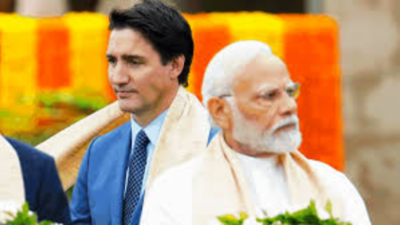It's 9 P.M. in SoHo.
You weave through the red leather booths and settle at the bar. One sip of a French martini, and you're whisked away to a café along the Seine — or so it feels. But you're not.
You're at Balthazar, a love letter to the Parisian brasserie. It's not truly French, just an echo of its flair — a fleeting taste of somewhere else, as you sit in the heart of Manhattan. Unlike a , a French martini is sweet, fruity, and made with vodka, raspberry or blackcurrant liqueurs like Chambord or Lejay Crème de Cassis, pineapple, and garnished with a lemon twist.
It's a juicy tropical blend with a delicate ruby hue that renders it exotic. The only truly "French" element is the liqueur — Lejay Crème de Cassis from Dijon or Chambord from the Loire Valley, both symbolic in French craftsmanship. The drink's origins, like its flavor, are intertwined with two legendary figures from New York City's restaurant scene, making its backstory as iconic as the cocktail itself.
The Birth of French Martini A true Big Apple classic, the flamboyant French martini has a quite short history. Although crafted by the renowned New York bartender Dale DeGroff in the 1980s, the French martini didn't gain real momentum until 1996, when DeGroff debuted it at Pravda, a hotspot owned by acclaimed restaurateur Keith McNally.Its popularity soared in 1997 when McNally added it to the menu at his iconic Balthazar, where it quickly became a staple and has remained ever since.
The original recipe.


















